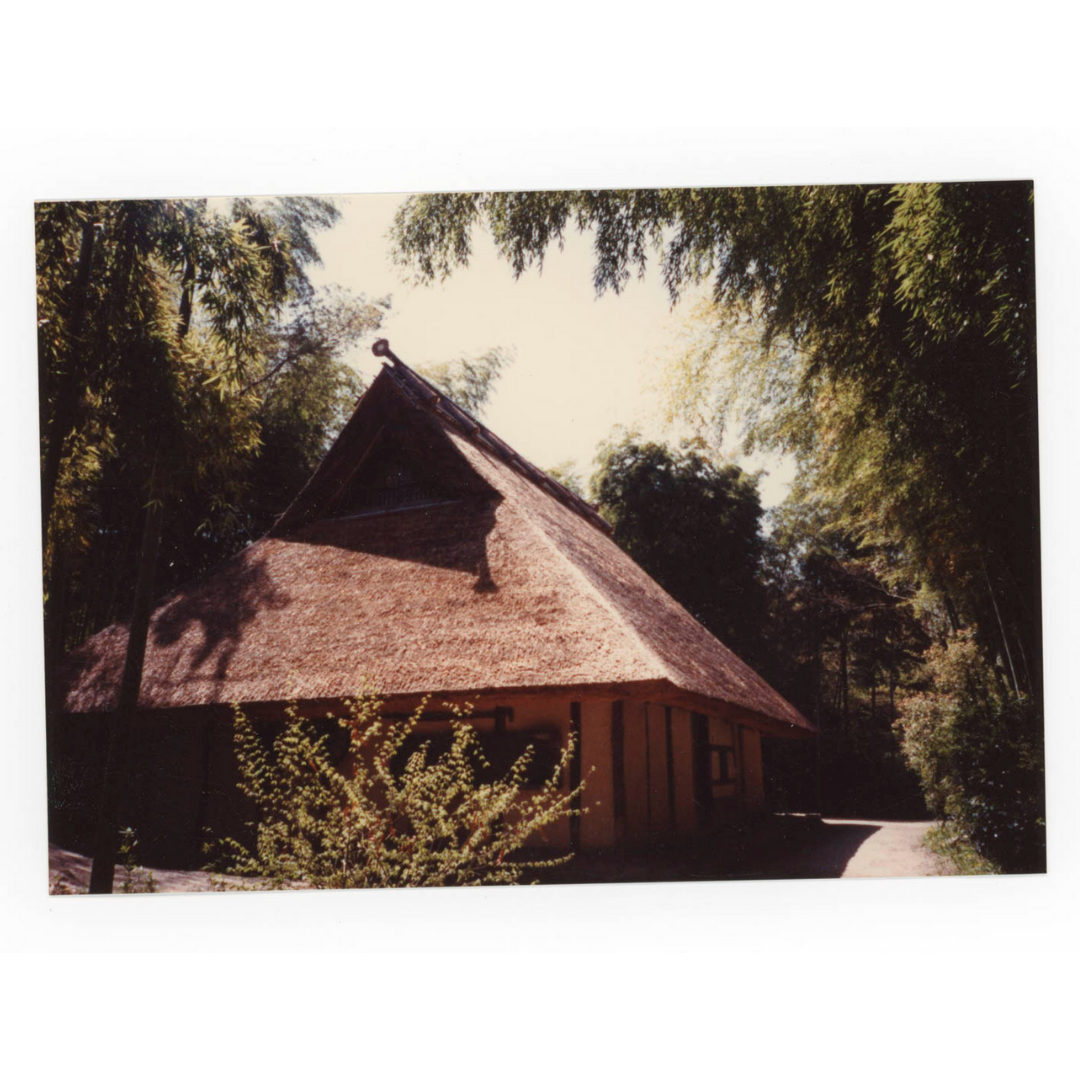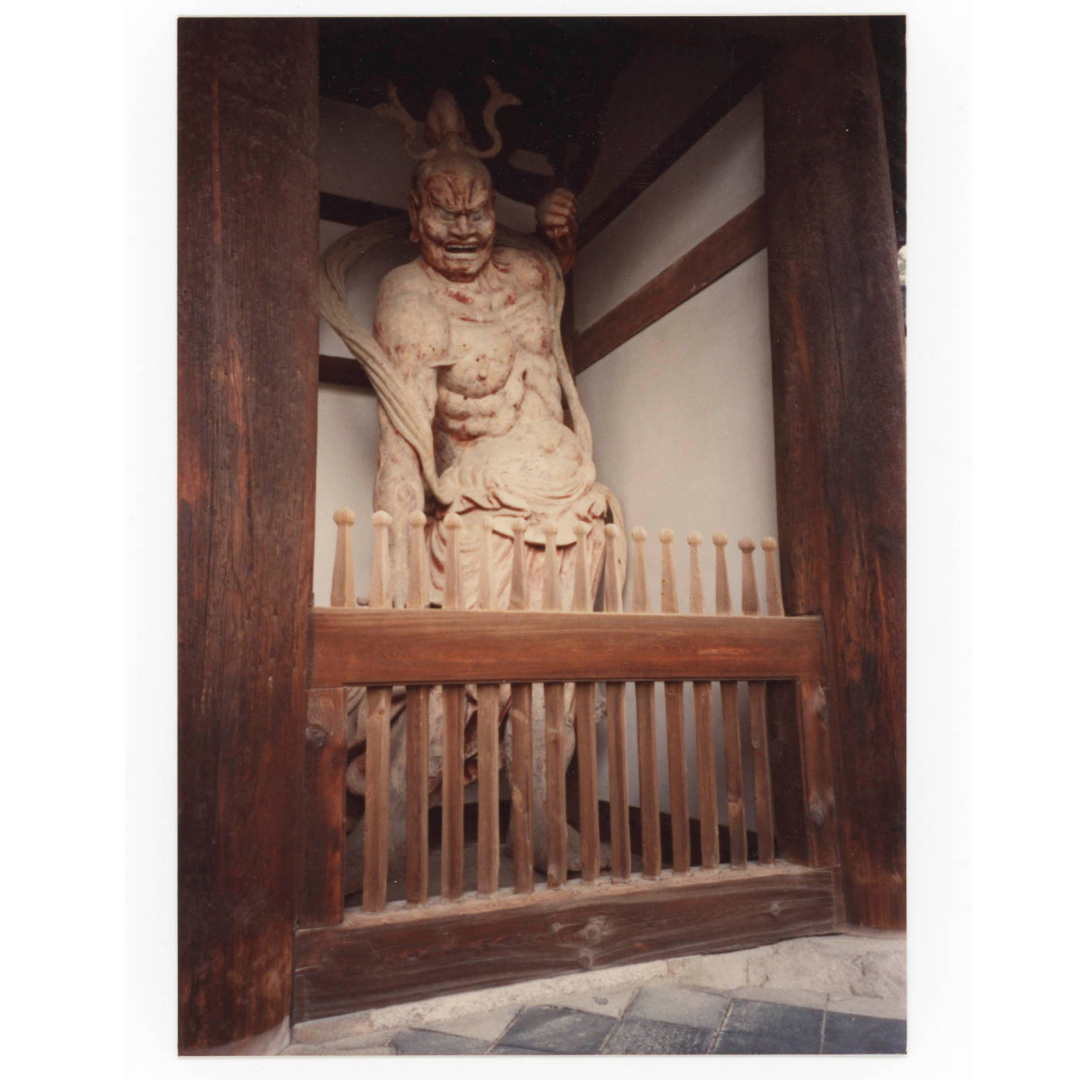Betty Woodman and George Woodman in Japan, 1990

As the solstice today marks the official beginning of summer, we are reminded of the Woodmans’ extensive travels around the world and their months immersed in global artistic influences. One such inspiring trip took them to Japan for the first time on the occasion of Betty Woodman exhibiting works at the Shigaraki Center's opening in 1990. Artworks purchased for this exhibition provided the money for their trip. Here are Betty Woodman and George Woodman exploring Japan’s Kansai region, known for its rich history and culture. Their inventive works, partially shaped by diverse geographical and historical sources, embody a spirit of cosmopolitanism and originality in being influenced.
In a 1988 lecture about Japanese influences on American ceramics, George Woodman spoke about the originality of being an influenced artist: "There is a world of enormously complex possibilities and solutions in Japanese art and there’s something about Japanese influence when it begins to operate which shows an exquisitely selective stance on the recipient of the influence." He goes on to say: “I’m quite interested in the look of being influenced and I think it’s a very subtle thing ... I happen to be very fond of the 18th century in Chinoiserie forms as something which attempted the look of being influenced ... In fact, the originality of Chinoiserie is its capacity to look like it was influenced. The concept of influence is a way of holding up a mirror to things. The thing is seen reflected in its influences, but this is also a way of seeing the influences themselves.”









